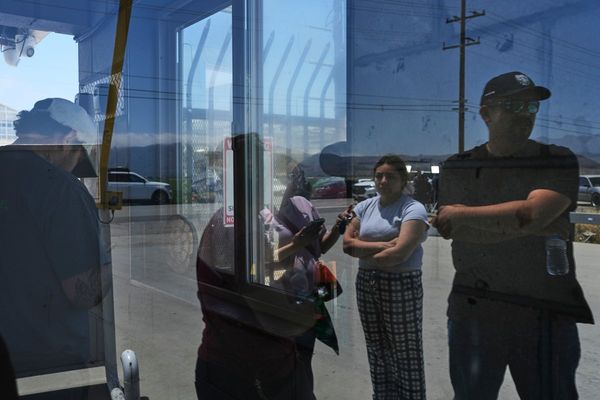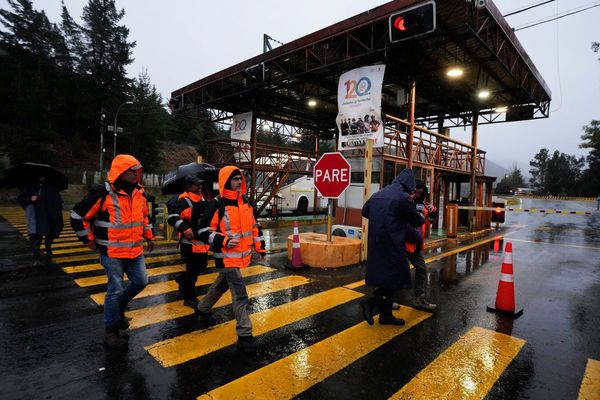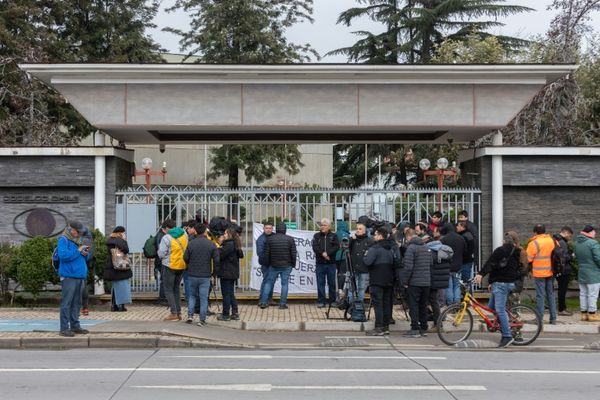
The Heisei era (1989-2019) has experienced kaleidoscopic changes in women's fashion, which reflects the times in which women are living -- gorgeous "sauvage" wavy hairstyles in the days of the bubble economy, dyed brown hair and ultra-thin eyebrows during the economic downturn, and natural-looking makeup after the Great East Japan Earthquake, among others.
What will come next in the Reiwa era? According to Shiseido Co.'s top hairstyle and makeup artist Setsuko Suzuki, the beauty trends in the Reiwa era are likely to lean more toward emphasizing the personality of each individual.

Heisei fashion
Shiseido has studied hairstyle and makeup trends since 1987 through street surveys and other means.
Looking back at hairstyles and makeup prevalent in the Heisei era, Suzuki, who heads the company's beauty trend research team, said: "Cultures and aesthetic senses unique to Japan have been born one after another, and the trend has shifted every four to five years. In particular, women's fashion and makeup changed drastically after the Great East Japan Earthquake."

After the disaster, makeup that emphasized femininity shifted to a natural look, she said.
"Changes in social awareness have had an effect on women's mind-sets and the makeup [they wear]," Suzuki said.
The early Heisei era fell in the middle of the bubble economy, and the enforcement of the Equal Employment Opportunity Law encouraged women to pursue careers outside of the home. Under these circumstances, slinky body-conscious fashion that reveals one's physical features, fierce red lipstick and thick eyebrows were popular.

After the bubble burst, inexpensive products became popular. The combination of thick-soled boots and miniskirts, known as "gal culture," became fashionable. Subdued hues such as beige and brown were chosen for lipsticks, and thin eyebrows were popular.
In the 2000s, heavily tanned skin known as "ganguro" became popular.
The weak economy around 2005 encouraged women to pursue stability in their lives, leading more women to yearn for marriage. As a result, the makeup trend shifted to attracting men, such as putting gloss on lips, using false eyelashes and curling the hair.
The major earthquake in 2011 brought about a consumption trend of spending within one's means, and women's fashion became more relaxed.
Since then, the economy has moderately recovered and an increasing number of foreign visitors have come to Japan at the end of the Heisei era. Women have started to enjoy wearing red lipstick and thickening their eyebrows again, a trend akin to a revival of the bubble years.
What's next?
The way fashions spread has also changed over the years, from a time when everybody followed the style of an actress featured in cosmetics ads, to now when anyone can spread information via the internet. With such a change, each individual picks up information that seems new to her.
"Makeup in the Reiwa era will be marked by each woman trying to think about what she wants to be, and the new era will feature an emphasis on the individual personality," Suzuki said.
In the pictures shown above, the model for each period is the same woman, but they all have a completely different air about them.
"Hairstyles and makeup help change how people feel. Regardless of changing trends, what doesn't change is the fact that makeup can always closely express people's feelings and give them a boost," Suzuki said.
Read more from The Japan News at https://japannews.yomiuri.co.jp/







